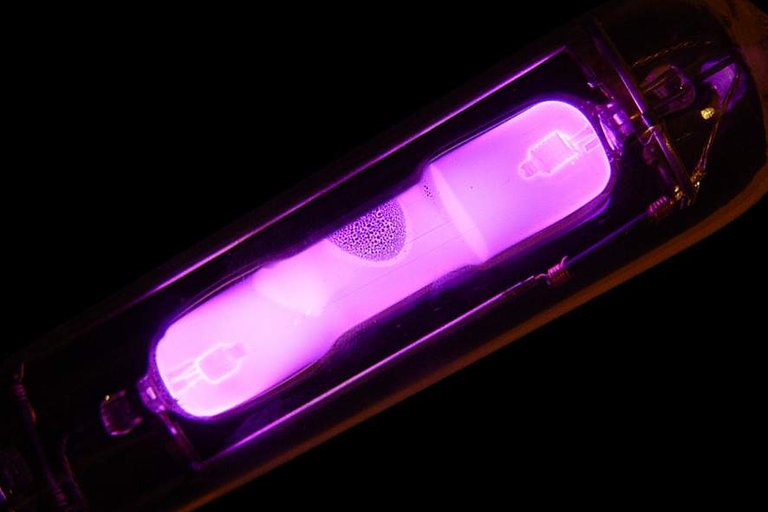Photons have this in mind that due to the lack of mass and charge they never interact with each other. However, physicists at Harvard University and MIT have recently created a completely new form of light in which photons combine in groups of three particles. And this discovery can be very useful in practical applications.
This was accomplished with the help of lasers and chilled to virtually zero absolute rubidium atoms, from which a dense cloud was created. This cloud allowed to slow down the light about 100,000 times, and such a release, as it turned out, led to the fact that the photons began to merge into pairs or triples. Measuring their phase shift indicated that actually individual particles interact with each other, which normally does not happen, they also seem to have very small mass.
It turned out to be possible thanks to Rydberg's blocking phenomenon, which consists in the fact that when one atom is excited, the neighboring atoms can not achieve a similar energy state. In this case, it means that when the photon flies into the cloud of rubidium atoms, one of them induces some of its energy, together they form a quasiparticle called a polariton.
Photons moving just between the polaritons began to interact with each other, and this state - although for a fraction of a second and on a quantum scale - was preserved after leaving the center.
This is an interesting discovery, because such paired photons are entangled with each other, and thus may be useful when building quantum computers, which may turn out to be one of the greatest breakthroughs in the development of humanity.
Graphic is solely illustrative and I will present a rubidium bulb

Nice! :D